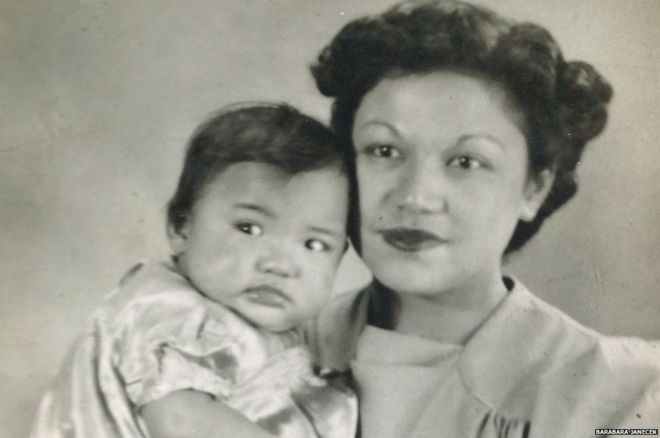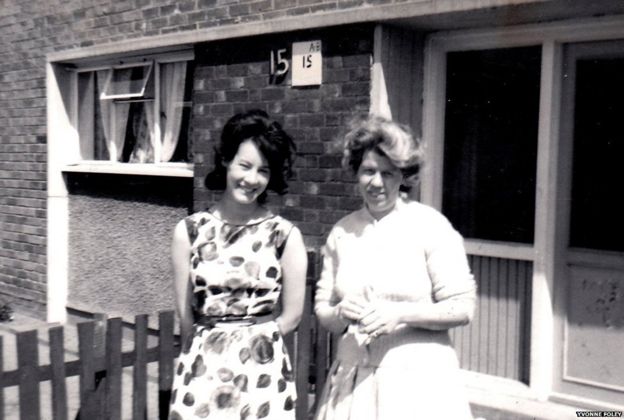The Scholar Denied: W. E. B. Du Bois and the Birth of Modern SociologyPosted in Biography, Books, History, Media Archive, Monographs, Social Science, United States on 2015-08-31 01:08Z by Steven |
The Scholar Denied: W. E. B. Du Bois and the Birth of Modern Sociology
University of California Press
August 2015
320 pages
Hardcover ISBN: 9780520276352
Adobe PDF E-Book ISBN: 9780520960480
ePUB Format ISBN: 9780520960480
Aldon D. Morris, Leon Forrest Professor of Sociology and African American Studies
Northwestern University, Evanston, Illinois
In this groundbreaking book, Aldon D. Morris’s ambition is truly monumental: to help rewrite the history of sociology and to acknowledge the primacy of W. E. B. Du Bois’s work in the founding of the discipline. Calling into question the prevailing narrative of how sociology developed, Morris, a major scholar of social movements, probes the way in which the history of the discipline has traditionally given credit to Robert E. Park at the University of Chicago, who worked with the conservative black leader Booker T. Washington to render Du Bois invisible. Morris uncovers the seminal theoretical work of Du Bois in developing a “scientific” sociology through a variety of methodologies and examines how the leading scholars of the day disparaged and ignored Du Bois’s work.
The Scholar Denied is based on extensive, rigorous primary source research; the book is the result of a decade of research, writing, and revision. In exposing the economic and political factors that marginalized the contributions of Du Bois and enabled Park and his colleagues to be recognized as the “fathers” of the discipline, Morris delivers a wholly new narrative of American intellectual and social history that places one of America’s key intellectuals, W. E. B. Du Bois, at its center.
The Scholar Denied is a must-read for anyone interested in American history, racial inequality, and the academy. In challenging our understanding of the past, the book promises to engender debate and discussion.
Contents
- Preface
- Acknowledgments
- Introduction: Race and the Birth of American Sociology
- 1. The Rise of Scientific Sociology in America
- 2. Du Bois, Scientific Sociology, and Race
- 3. The Du Bois–Atlanta School of Sociology
- 4. The Conservative Alliance of Washington and Park
- 5. The Sociology of Black America: Park versus Du Bois
- 6. Max Weber Meets Du Bois
- 7. Intellectual Schools and the Atlanta School
- 8. Legacies and Conclusions
- Notes
- References
- Illustration Credits
- Index


